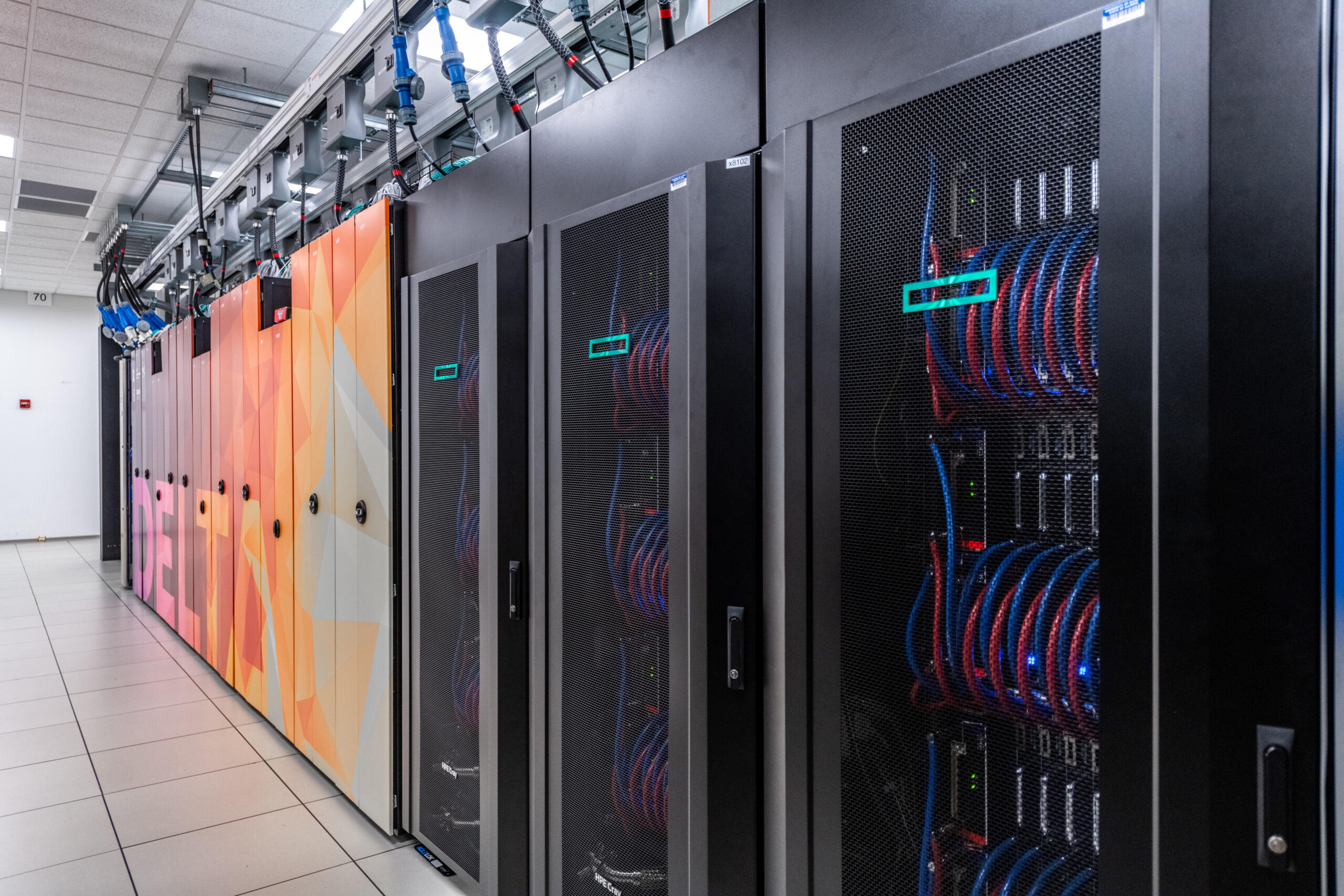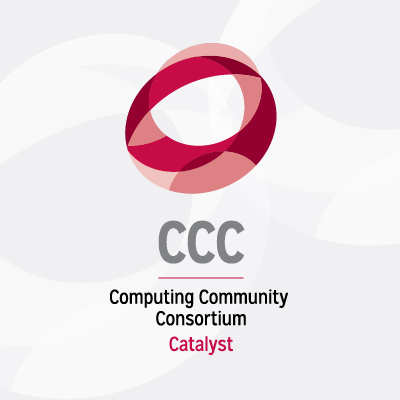
In November of 2024, the National Center for Supercomputing Applications (NCSA) launched the DeltaAI supercomputer. The system, funded by the National Science Foundation (NSF) through nearly $30 million in awards, is designed to advance data and memory-intensive AI and HPC research applications – but is also meant to support anyone needing to use GPUs, even those running PyTorch who need just one GPU. The system utilizes the GH200 Grace Hopper Superchip, which incorporates NVIDIA’s new Grace processor and H100 GPU, affording the supercomputer approximately 30 petaflops of double precision and 900 petaflops of half precision. In comparison to the average laptop, which might have several hundred gigaflops of double precision performance, DeltaAI is approximately one hundred thousand times faster – mostly due to the H100 GPUs.

The DeltaAI supercomputer is preceded by the Delta supercomputer, which is also open to the public and currently running workloads. However, NCSA Director Bill Gropp says the demand for more GPUs that prompted the creation of DeltaAI was obvious. “I haven’t looked at the original Delta’s resource usage this morning, but let’s check right now”, said Gropp as he pulled up the system’s metrics. As he clicked through the various screens, Dr. Gropp noted, “On the A100 partition, every node is busy – same on the A40 partition and the 8-way A100 partition. So basically every GPU is busy on the Delta supercomputer at the moment. If I check on the DeltaAI however, right now I have some idle nodes, which can be common with newer systems as people begin to discover them. I’ve certainly had times when basically every GPU is in use on DeltaAI, but we definitely have available resources.”
So now to the big question: How do I, as a researcher, submit a request to use DeltaAI?
“So, depending on the amount of resources you are requesting, it is actually quite easy to request and gain access to DeltaAI,” says Gropp. “You can submit a request on the NSF’s ACCESS CI webpage, and, depending on your resource needs, you will typically hear back about your request in a few days. You can also use ACCESS to request access to other advanced computational resources at various institutions.”
What makes Delta and DeltaAI different from other systems that researchers can utilize, and what types of researchers should be requesting access?
“One thing that I think makes both Delta and DeltaAI attractive is that they make up a significant percentage of the GPU resources that are available to researchers, and the system is designed to be easy to program to. One of the strengths of NVIDIA is not just their hardware, but also their robust software ecosystem. It is perhaps not the most elegant software system, however, it is very effective and pragmatic, especially considering that it is designed to work for a diverse array of AI and HPC workloads, and it runs PyTorch very well, which many researchers are familiar with and utilize in their applications.”
What are some examples of simulations or workloads that DeltaAI is optimized to run?
“So part of this goes back to the memory system and available bandwidth,” said Gropp. “We’ve seen really strong performance for molecular dynamics – in simulating molecules as well as for computational fluid dynamics. We’ve had projects looking at scramjet designs that have performed very well too. So, essentially, simulations where you have to move the memory through the system over and over and over again, such as in climate modeling, perform very well because of the memory capacity and absolute compute power of the system.”
So, given the incredible capability of this supercomputer, which is about 3 times more powerful than the Delta supercomputer, how big is it?
“It’s actually embarrassingly small,” said Gropp, laughing. “Before the Delta supercomputer, we had Blue Waters, which was a massive machine that took up about 288 racks in around a dozen long rows of equipment. Delta has about the same double precision performance as Blue Waters and takes up only 2 rows of about 20 racks total. By comparison, DeltaAI has only 3 racks of equipment. So it’s almost frustratingly small, because when people see it, it doesn’t convey to them how impressive its computational power actually is.”
So finally, what do you want our readers to take away from learning about DeltaAI?
“I really want you all to use this amazing resource!” said Gropp emphatically. “And I don’t want people to think it is a daunting process to get access to or to actually use our supercomputers. We have an experienced team dedicated to helping you get the most out of your code, and if you run into issues, please, please submit a support ticket. This helps us understand the hurdles that researchers run into generally, so we can improve the documentation, and it allows us to help you maximize your code and get the best output possible from the supercomputer.
“And finally, I don’t want the resource to be pigeonholed as something that is used by only HPC researchers, and for other computing researchers to think ‘that’s not for me’. In a sense, we are all doing HPC these days, and these systems, not only Delta and DeltaAI, but also all of the systems available at ACCESS are available to support the needs of computing researchers and computational scientists.”
Submit a request to use Delta or DeltaAI today at ACCESS CI.









